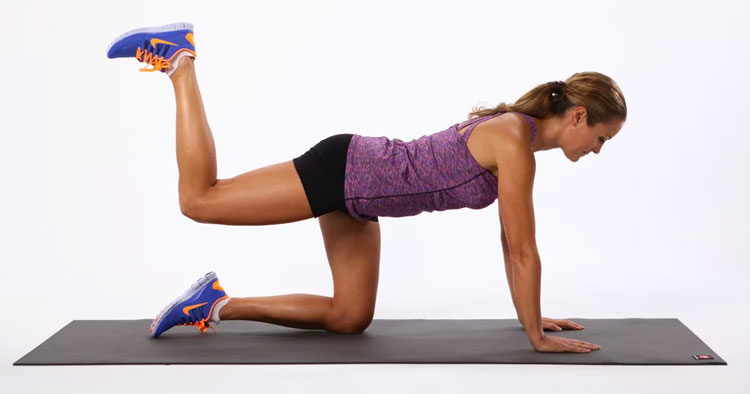Muscle Pain and Tendinopathy, Sports Injuries and Management
Managing Glute Max Weakness
What Are Some Of The Potential Causes Of Glute Max Weakness?
Weakness of glute max muscle and the underlying glute min and glute medius muscles are suggested to be correlated with a number of lower limb injuries. Inhibition of glute max has been proposed to be related to a number of potential factors including:
- A sedentary lifestyle and generalized disuse
- Pain-reflex inhibition of gluteus maximus muscle. A situation where pain originating from the lower back, hip joint, or pelvis can inhibit the normal “activation” of the glute max.
- Arthrogenic inhibition from the hip joint. This time where arthrogenic muscle inhibition is a reflex reaction of the musculature surrounding a joint after distension, or damage to the structures of that joint that cue the muscle again not to “activate” normally.
- Tight hip flexor muscles which are the antagonistic muscle pair to the gluteus maximus can impact the angle of pull the glute max muscle is working from and associated length tensions potentially impacting normal contraction.
Strengthening Your Gluteus Maximus Muscle
When working to correct weakness in the gluteus maximus muscle, it may first require addressing any of the above listed (or other) issues potentially causing inhibition to normal muscle activation. Such issues may impact the appropriate timing of muscle activation, as well as the overall strength with which gluteus maximus can engage.
Depending on physical capabilities and the presence of any co-existing morbidities of the knee or back, some of the following exercises may be appropriate to help engage and strengthen glute max.
Exercises that can potentially help with activating and strengthening the glute max muscle include:
- Hip extension in prone lying and/or donkey kick strengthening can be easily done at home with a theraband for resistance or small ankle weight (depending on physical capabilities).
- Quadruped exercise, is an exercise whereby you supporting your body on your hands and knees then often raise (extend) the opposite side arm and leg again can be done unweighted or with added resistance and hold time and repetitions adjusted depending on individual physical capabilities.
- Wall sit holds, or wall squat (often performed using a swiss ball).
- Step up performed as a standard forward step up, or a lateral step up of varied height or added resistance again depending on physical capabilities.
- Single leg squat variations such as a pistol squat or a mini single leg squat. The majority of individuals will find such a exercise very challenging as requires very good trunk stability to preform without any support. The use of TRX ropes or a chair for hand support can be useful for those finding un unsupported single leg squat to challenging.
- Hip thrusts and bridges with or without added weight. A barbell hip thrust is a great glute max strengthening exercise, although not overly functional it is great for targeting the muscle and building strength.
- Dead lift, or single leg dead lift. Weighted dead lifts can build great glute strength and a single leg dead lift is a wonderful exercise for building hip / trunk stability.
- Body weight “good morning” exercise, or single leg good morning exercise. Exercises like the “good morning” and “dead lift” are gym exercises that often get a lot of bad press regarding lower back stress but done appropriately and allowing time for tissue adaption before increasing load they can be great exercises for building gluteal strength.
Remembering that the main action of glute max is to extend the hip joint. However along with glute minimus and medius, gluteus maximus also plays a roll in stabilizing the hip joint through controlling rotation. Where specifically glute max can cause external (lateral) rotation of the hip joint. Henceforth, when switching some of the above exercises to perform them in their single leg option, such as with a squat, deadlift, or good morning exercise… this works to engage the other glute muscles as well as utilizing gluteus maximus muscle not just in its primary roll as a powerful hip extensor but as a stabiliser of the hip and lower limb.
Disclaimer: Sydney Physio Clinic provides this information as an educational service and is not intended to serve as medical advice. Anyone seeking specific advice or assistance on Managing Glute Max Weakness should consult his or her personal trainer, physiotherapist, general practitioner or other appropriately skilled practitioner.


